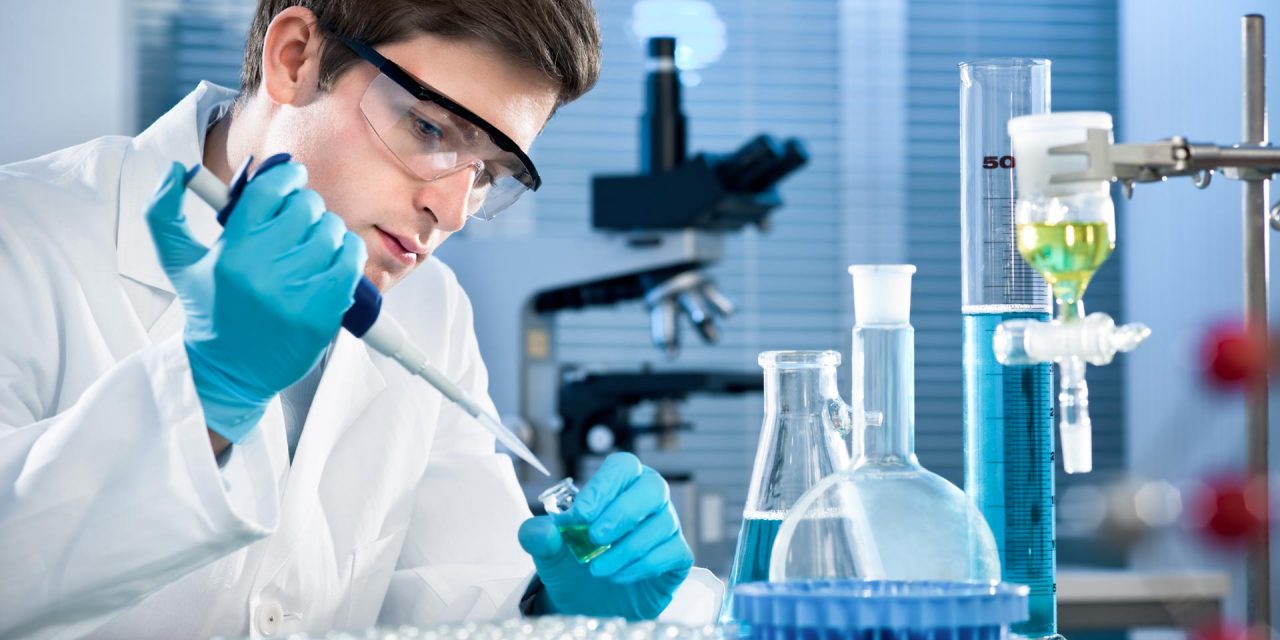The development of a strategy for the commissioning of facility and equipment systems to support the process development and manufacture of innovator pharmaceutical products is a complicated process that requires the input of a variety of different functional skill sets.
To develop a mechanism that is functional, lean and cost-effective, it’s important to process flowchart the mechanism to ensure that all the appropriate unit operations are included and sequenced in the right order. In addition to this, by going through this process one ensures that all stakeholders functional groups are appropriately represented, their inputs are included and the consensus opinion of what’s required developed. Only if this type of approach is followed, will one generate an outcome which is both efficient and meets the needs of the organization to ensure a timely and compliant commissioning.
The following is a summary of some of the more important issues, which can be followed to generate an outcome that will meet the needs and requirements of the product or products that your company wants to manufacture in its facility.
Once the product has been identified, the project management group needs to appoint a project manager for that product and process and that individual needs to consult with the process development and technical operations groups to perform what one might call a facility fit assessment. The purpose of this is to develop a high-level approach of what is likely to be required to manufacture the product. Next there’s performed an equipment risk assessment and a business impact assessment we should be performed by the facilities engineering team together with a cross functional group, which would include the business function, process development, technical operations, quality assurance and quality control.
At this point, a change control should be issued (with cross functional buy in from a change control review board), to sanction changes that will be required to the manufacturing suite to facilitate the production of the new product. Simultaneous with this task will be the definition of the cleaning strategy that may be required to support the cleaning of the new equipment that will be used to manufacture the product.
With this in place, facility engineering raises a CAPEX equipment specification, which is appropriate for the fit associated with the new production. To support this introduction and simultaneous with the raising of the equipment specification, should be the definition of the scope for a full validation package that will be associated with the commissioning of the new equipment. This will be raised simultaneously by the validation group.
To ensure a lean smooth process flow, the next task should be to develop a highlevel schedule for the approval and introduction of the new equipment, so that each functional group team member will be aware of their roles and responsibilities within the timeline. With this in place, the process has built-in safeguards and assurances to guarantee on-time delivery and right first time.
Next in the process, is the development of a vendor checklist for the development of the turn over package. Only with this in place will each functional team member appropriately handoff their part of the process to the next functional group member in the chain.
With these issues resolved, facility engineering can now move ahead and order the equipment from the selected vendor, and the next process will be to develop a commissioning cycle, complete with CIP/S IP cycles and circuits for drainage and waste removal. With these cycles developed, facility engineering prepares an appropriate cycle development report which can be used by the validation group in their IQ, OQ activities associated with the qualification of the equipment.
With the equipment qualified, cleaning activities can be performed to verify a process that may have been partially developed off-line and these activities will be performed between the validation operations and automation functional groups. These results are captured in appropriate reports and their approvals are sought-after review from the system owner, the validation group, the user group and quality assurance. Once all this is completed, then the validation group is responsible for the formal turnover of the qualified system, together with its validated cleaning process, to the user group. Thereafter the equipment is ready for use by technical operations to produce its biopharmaceutical products.
This is a high-level overview of what’s required and although it is deliberately brief, it nevertheless highlights the complexity of what’s involved and makes clear that this is not the sole responsibility of one functional group, namely the validation group. This is a team activity, which to be successful requires the cooperation of many functional departments and the specialists, without whom the desired outcome will not be possible.




